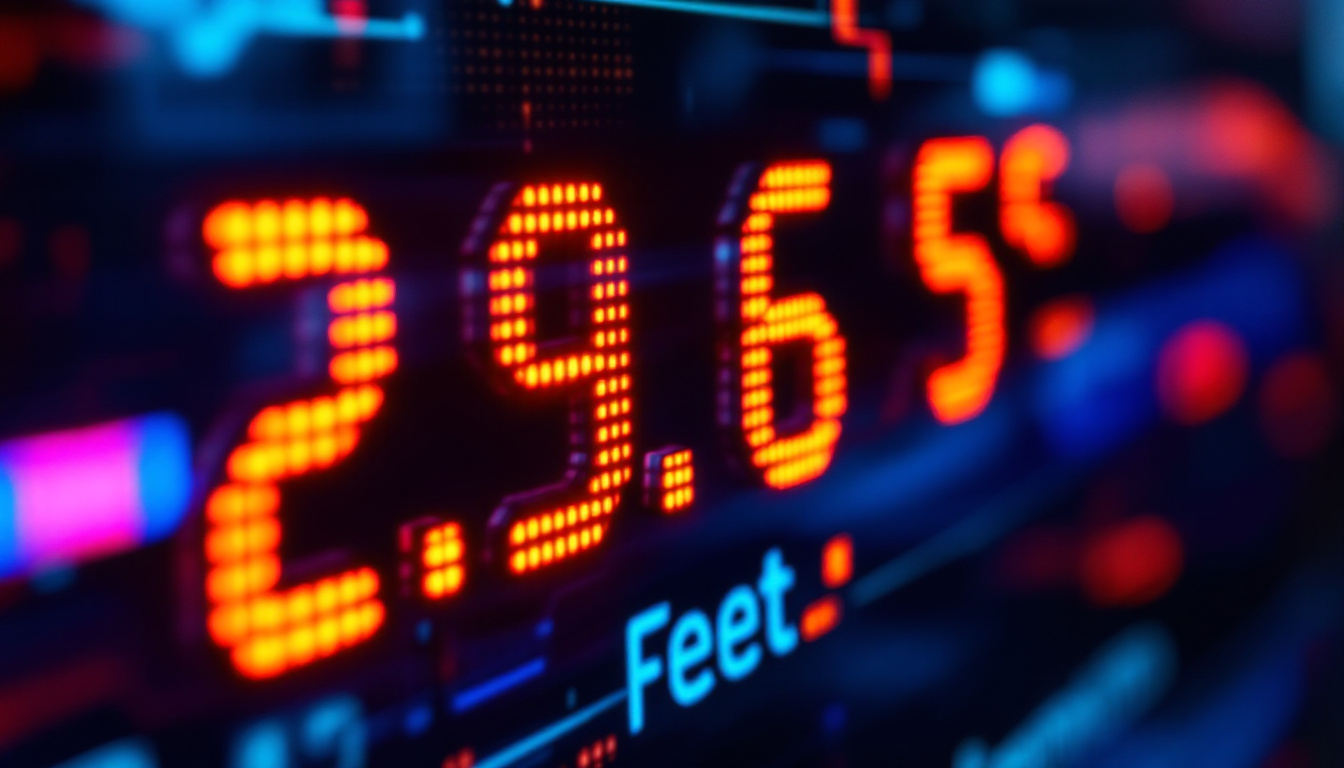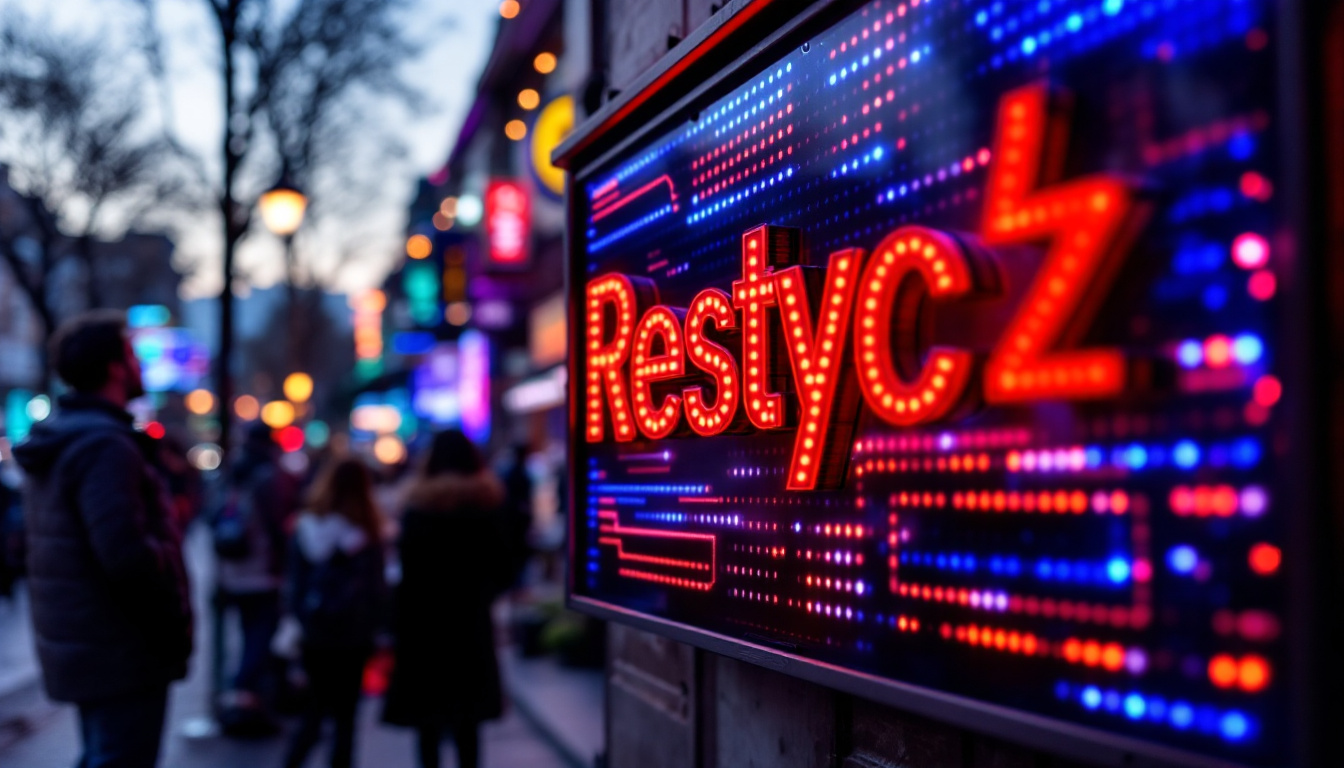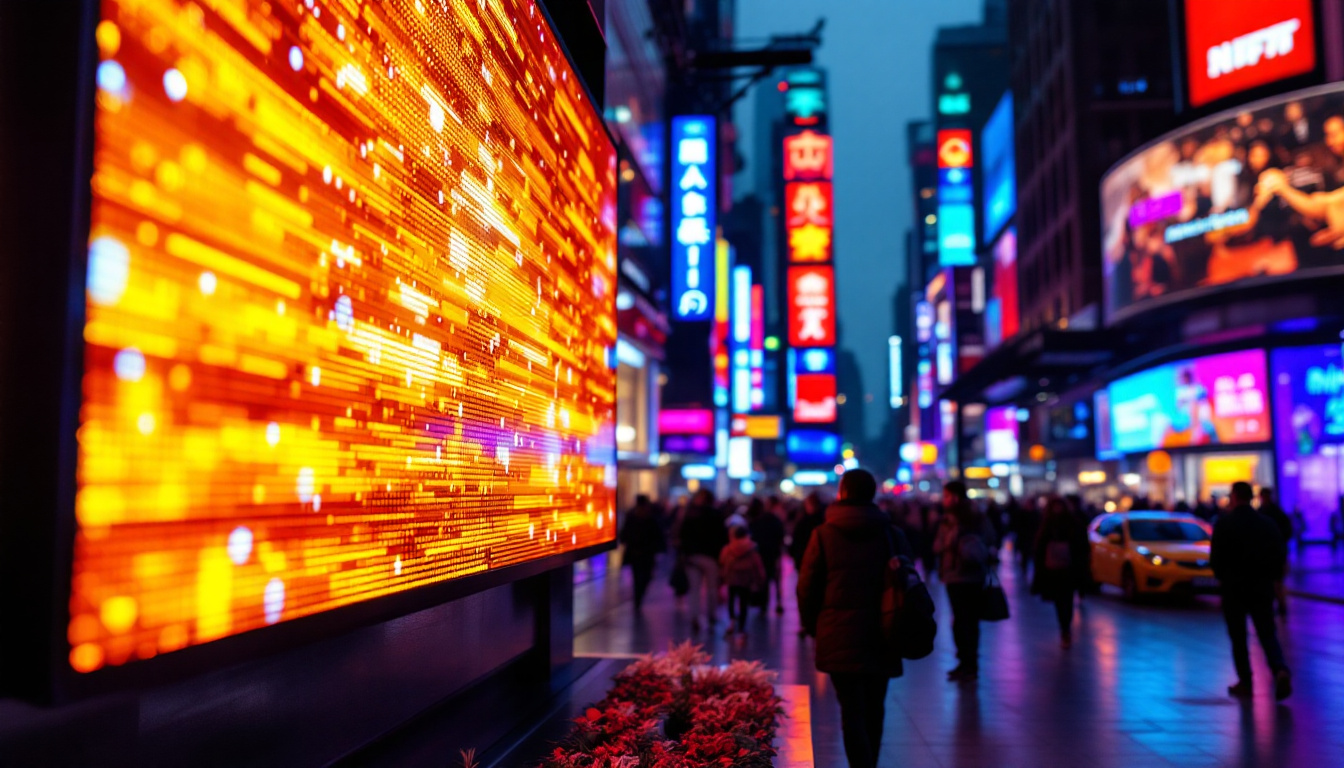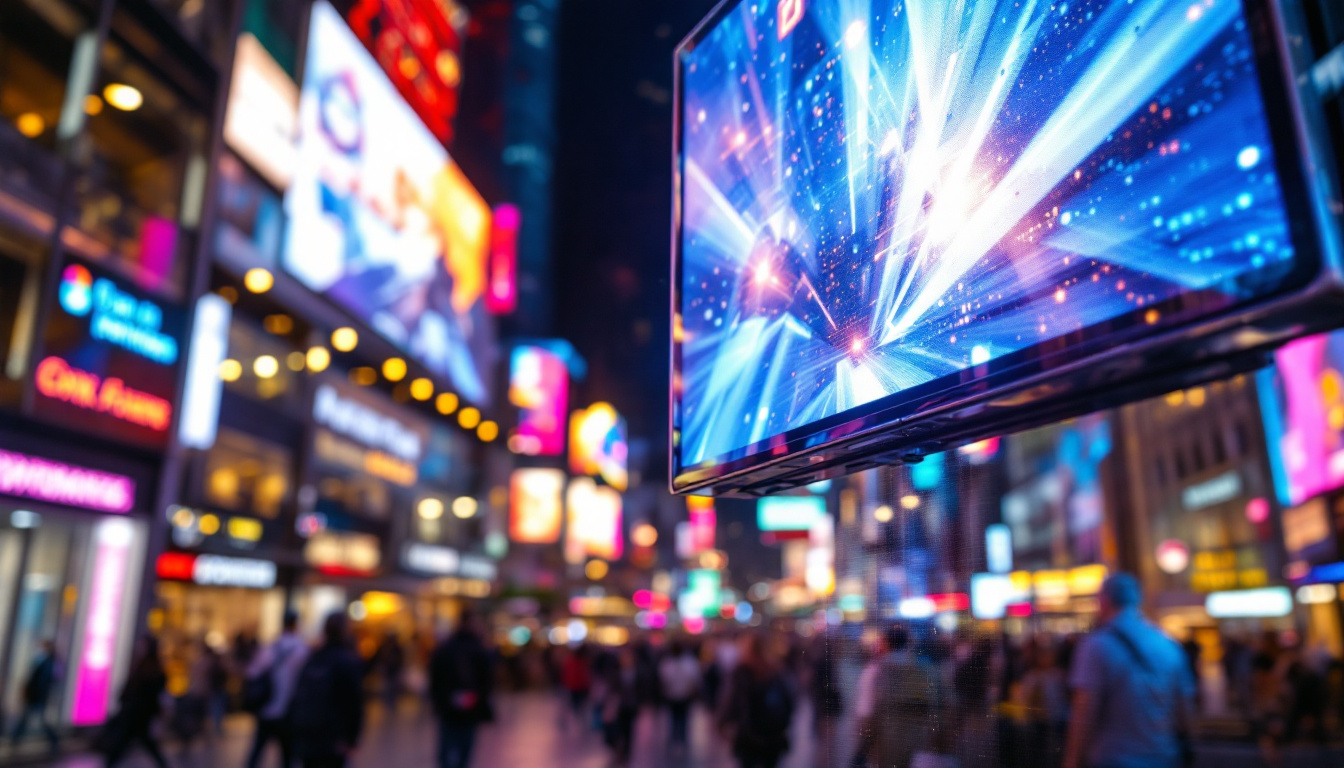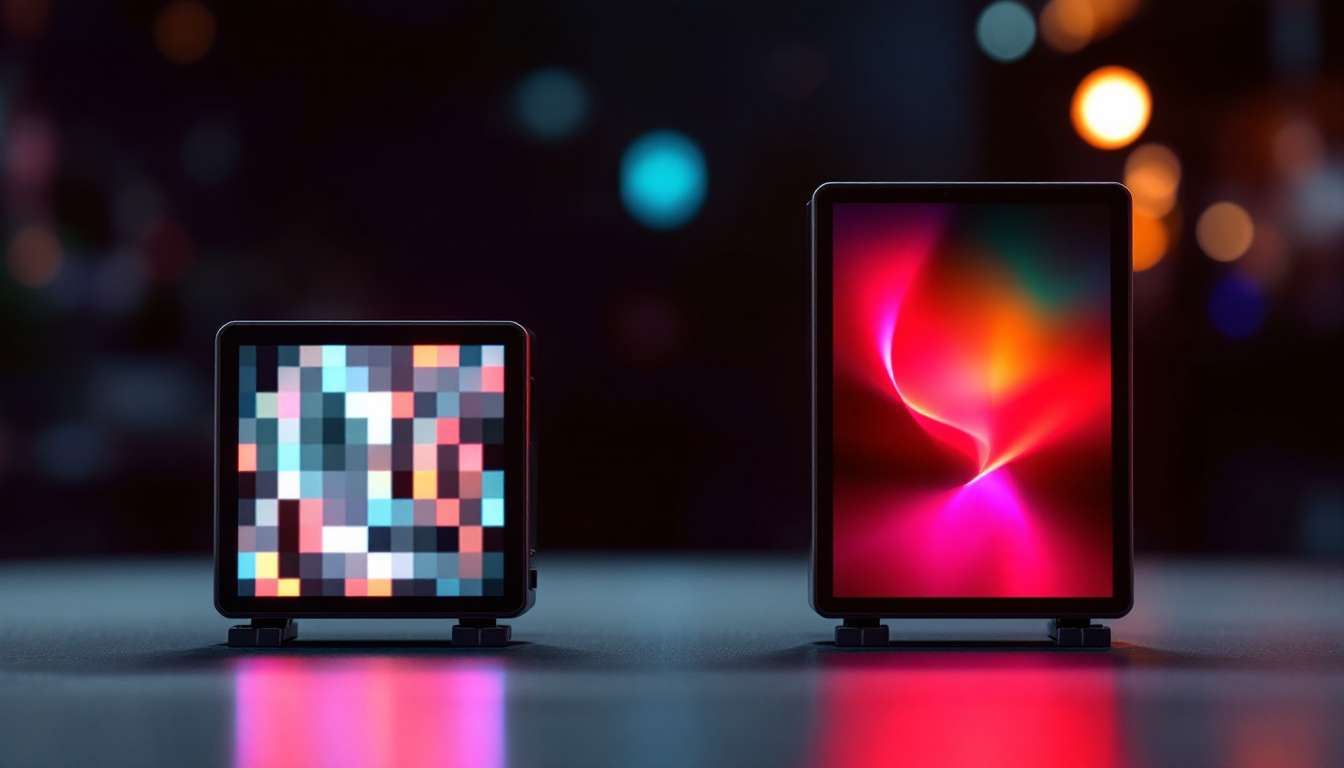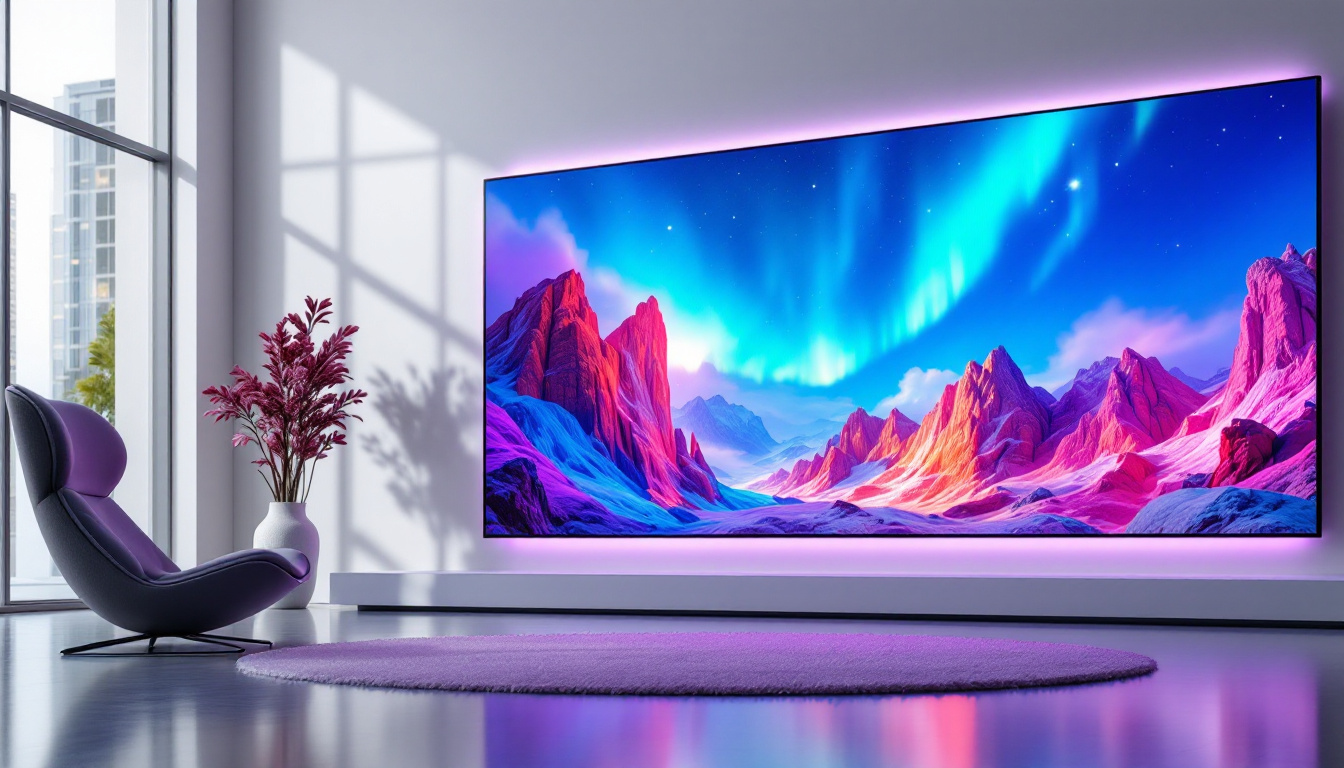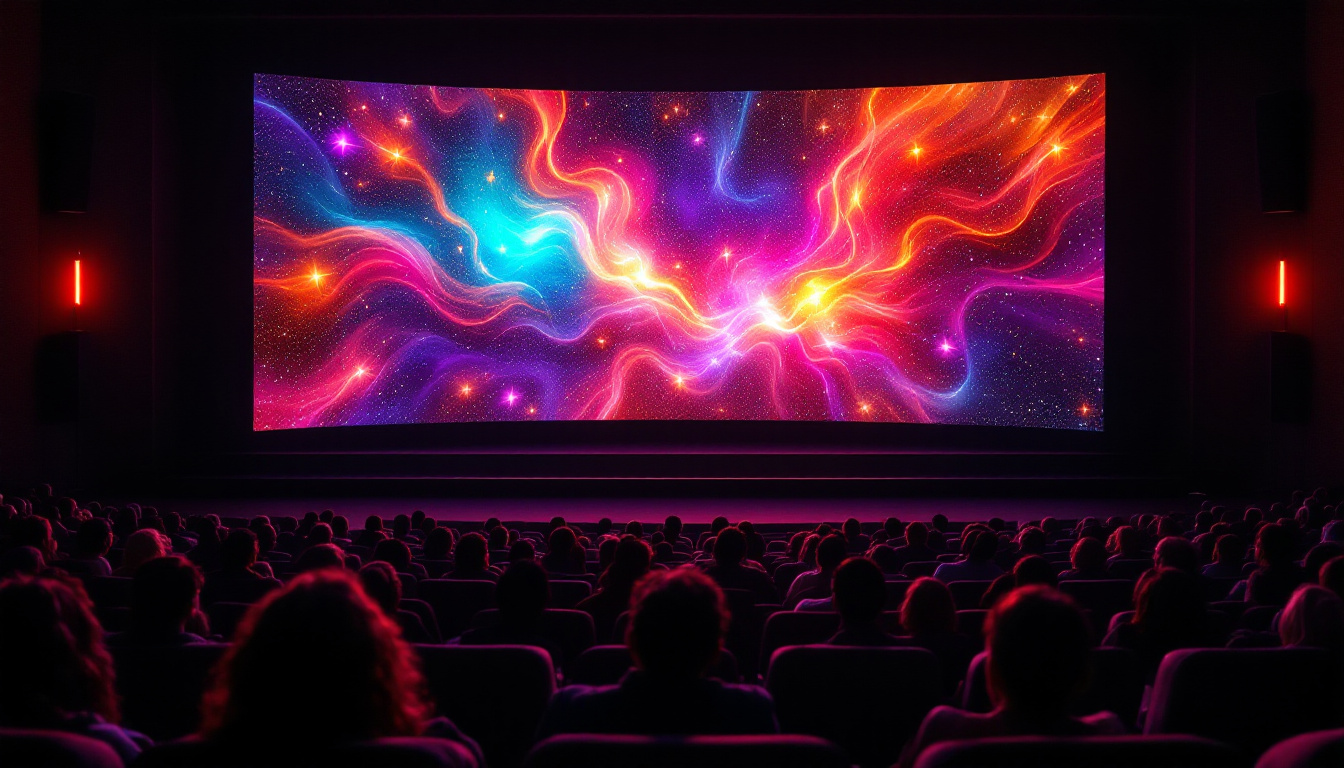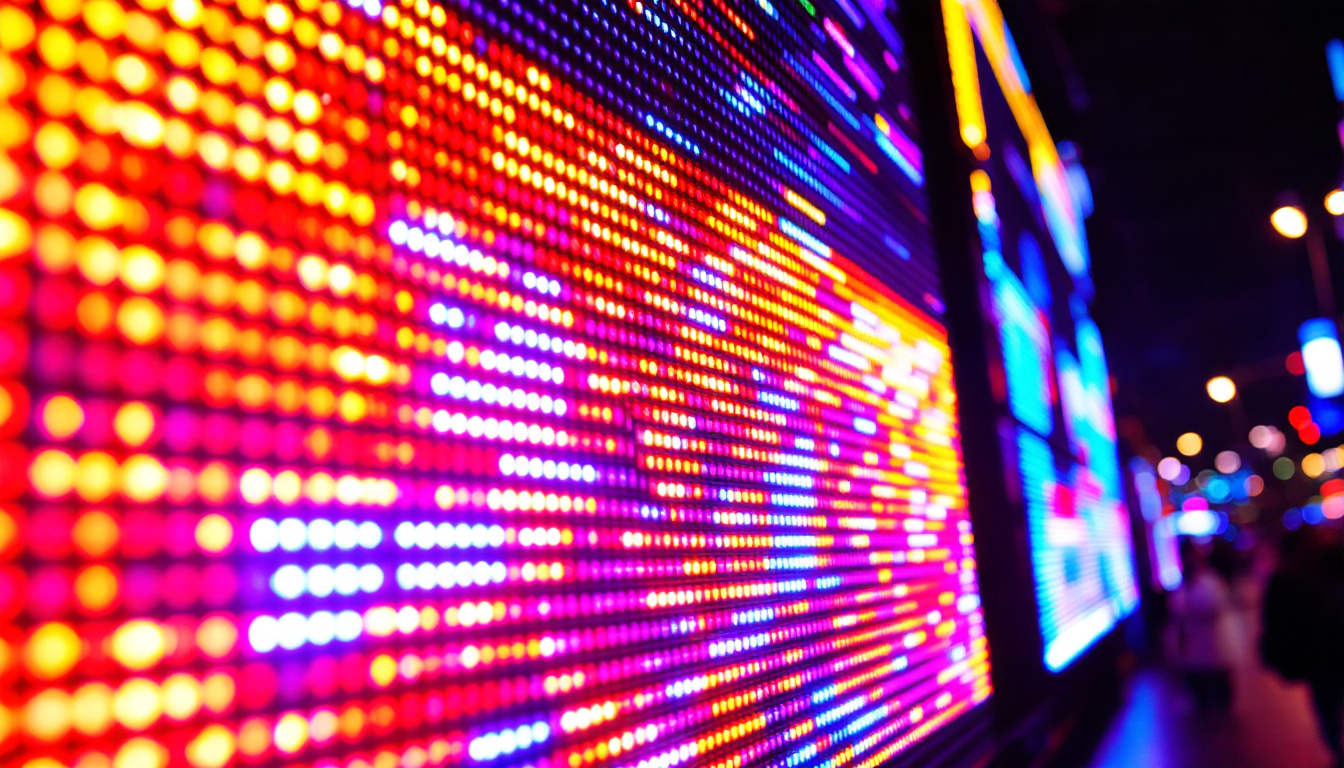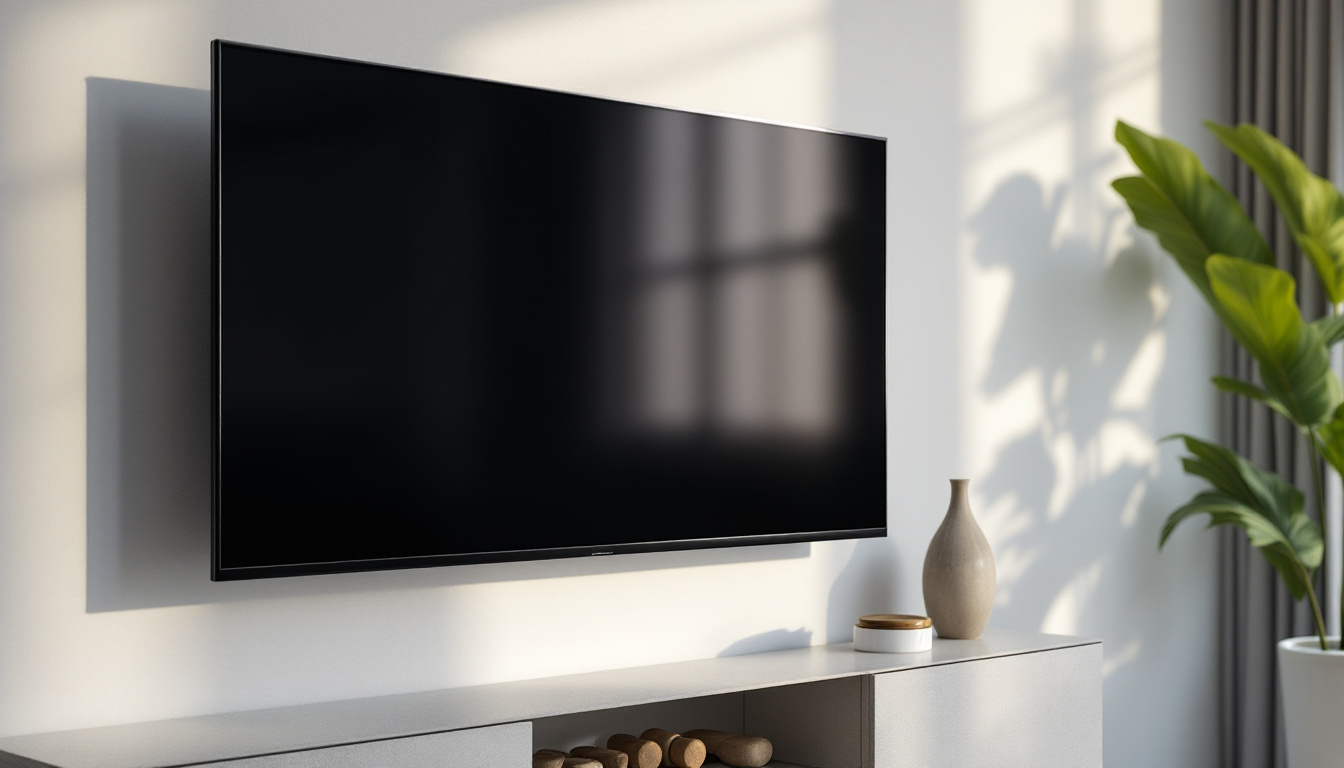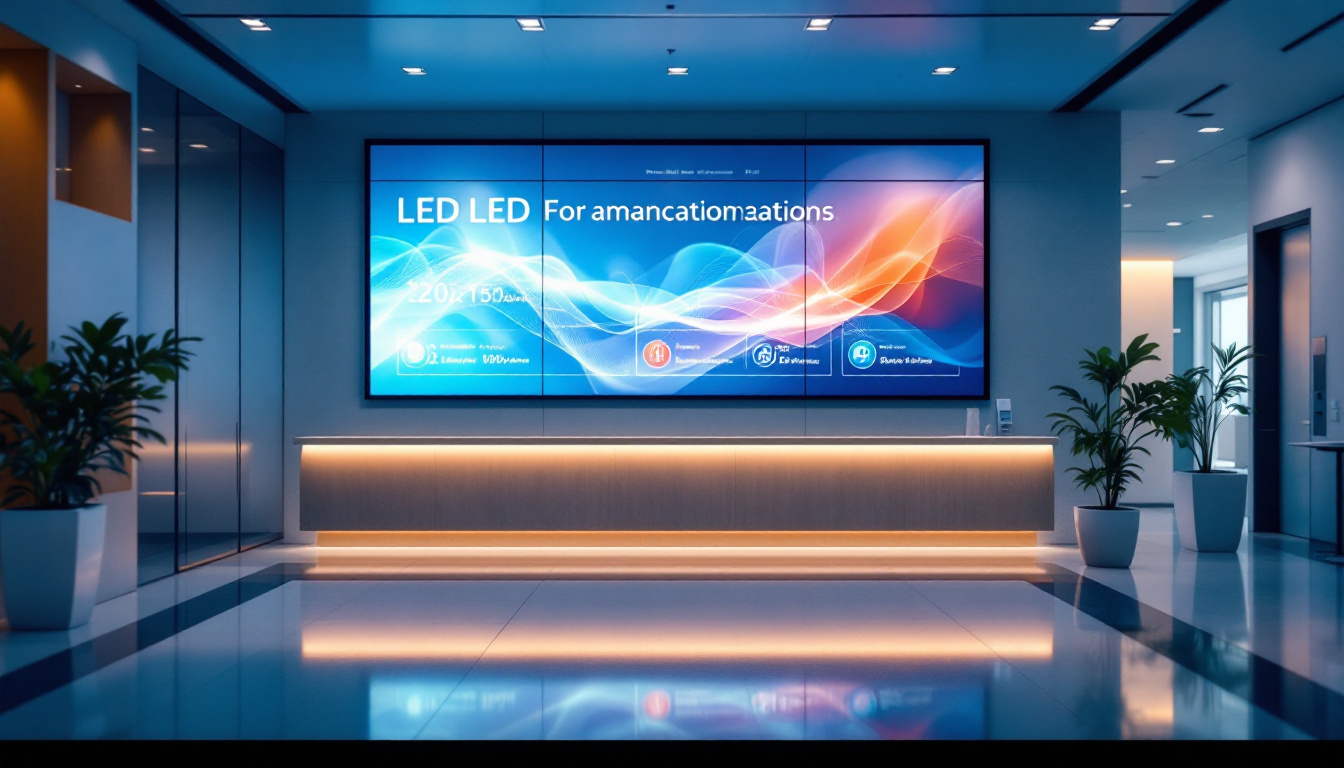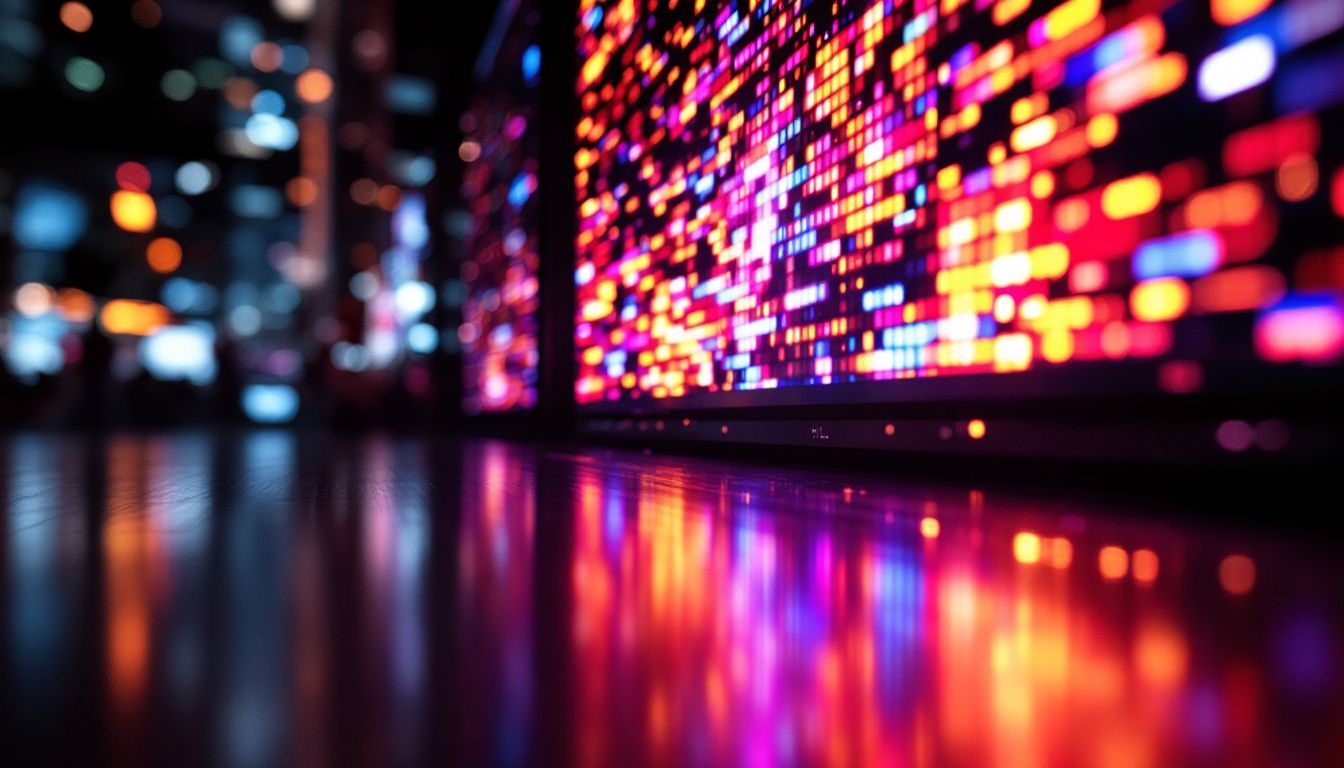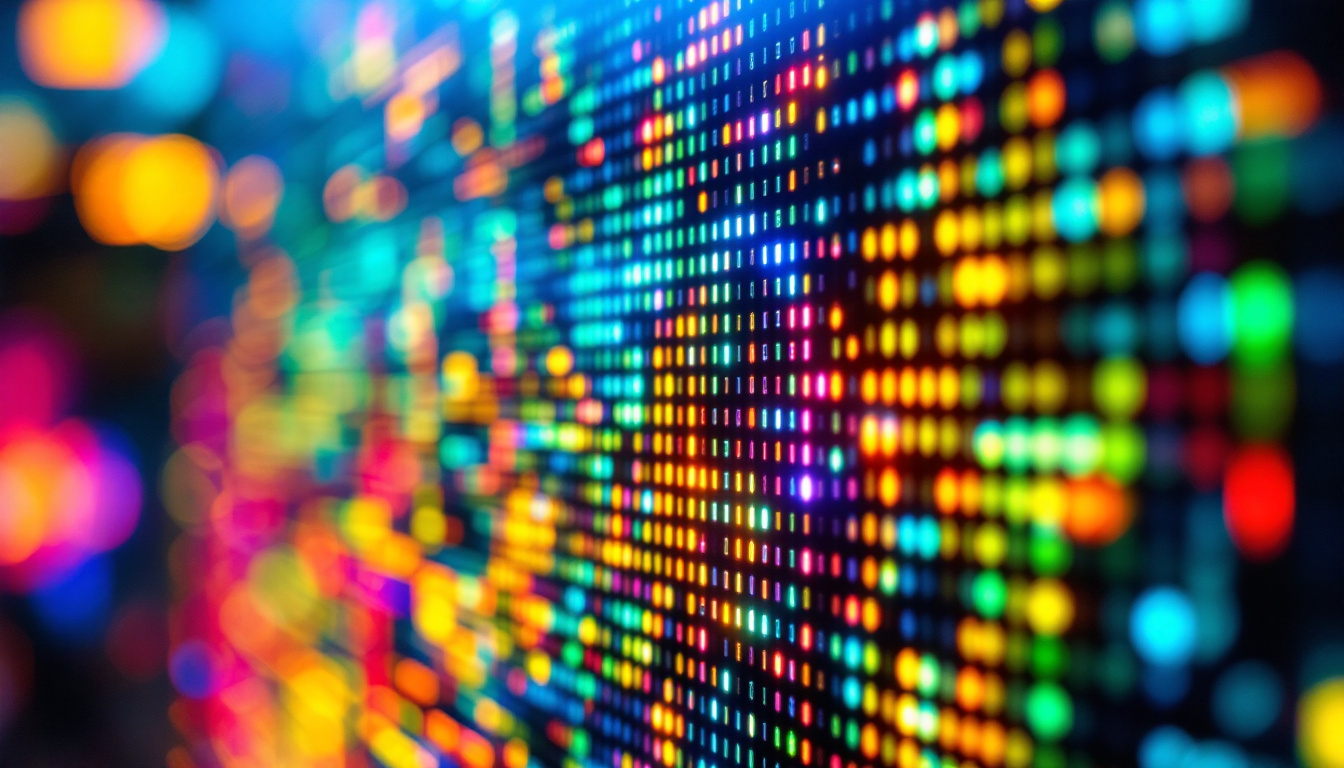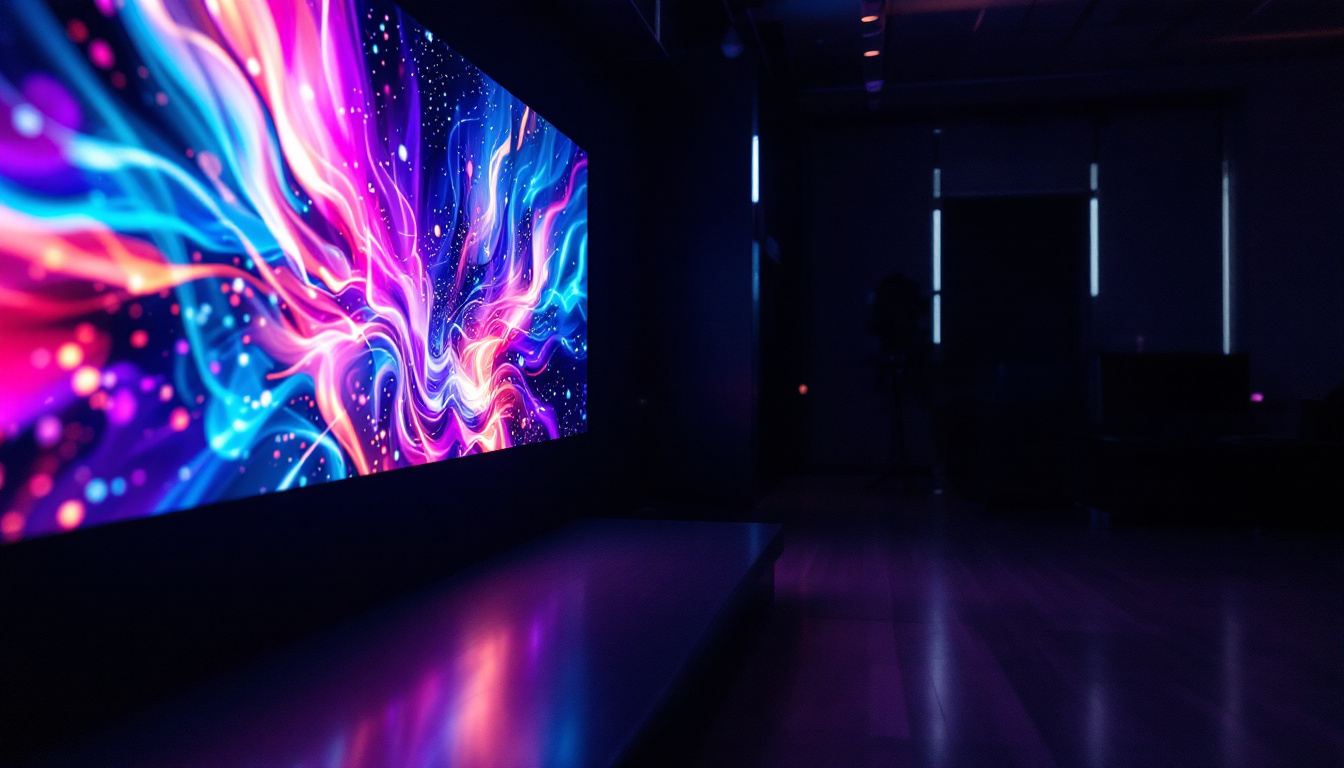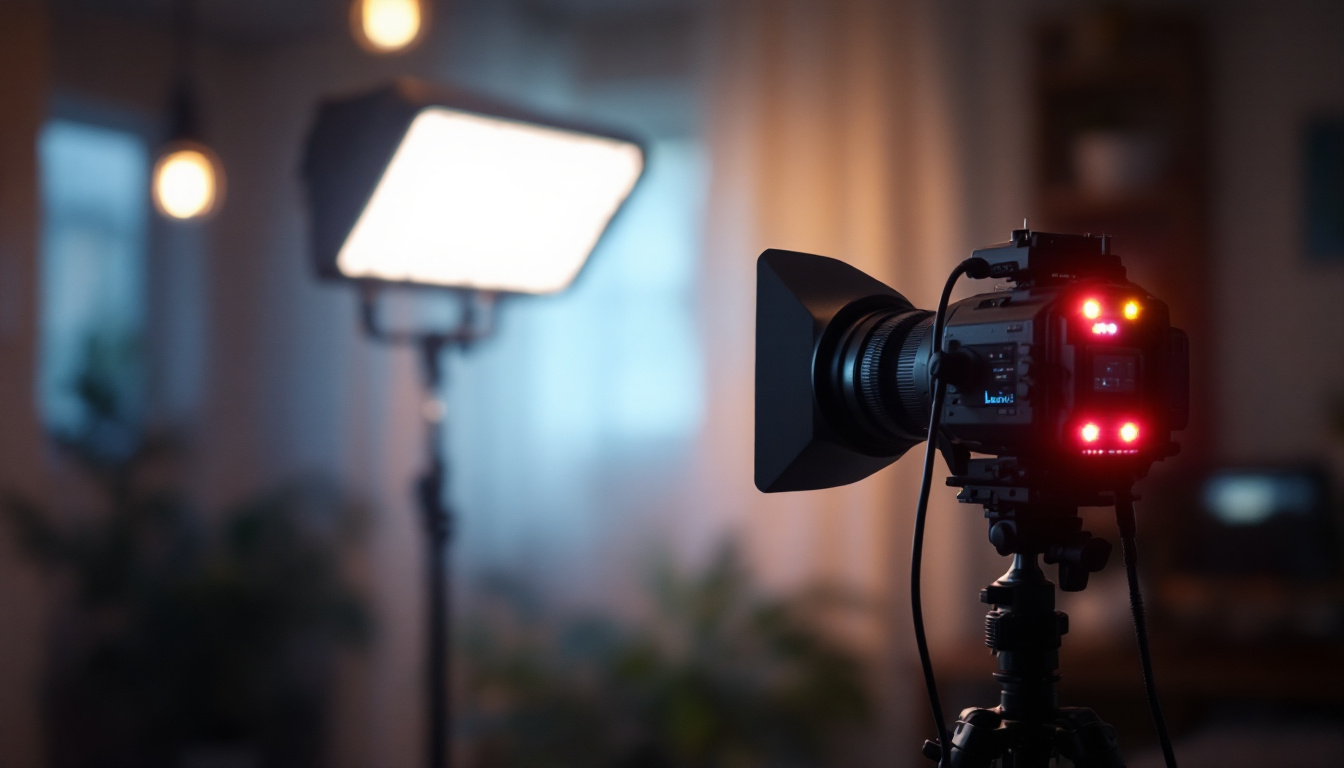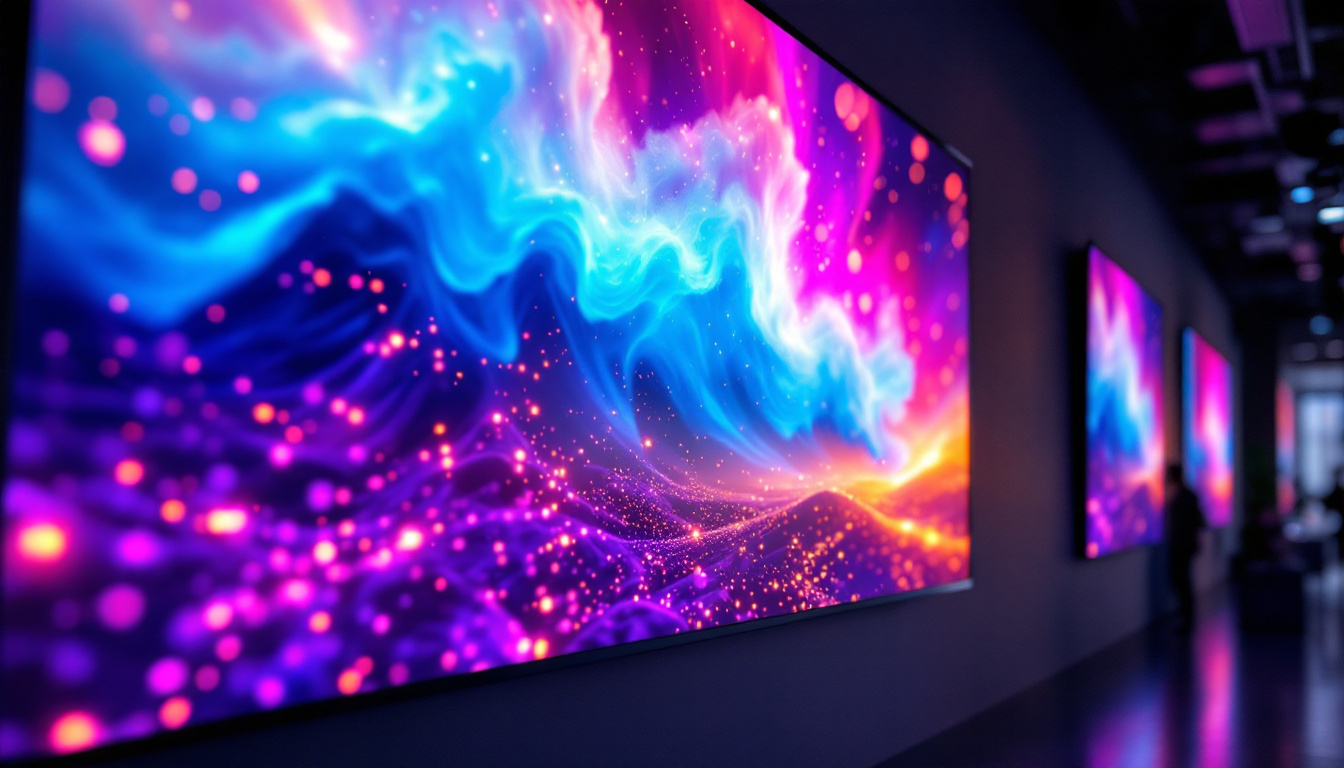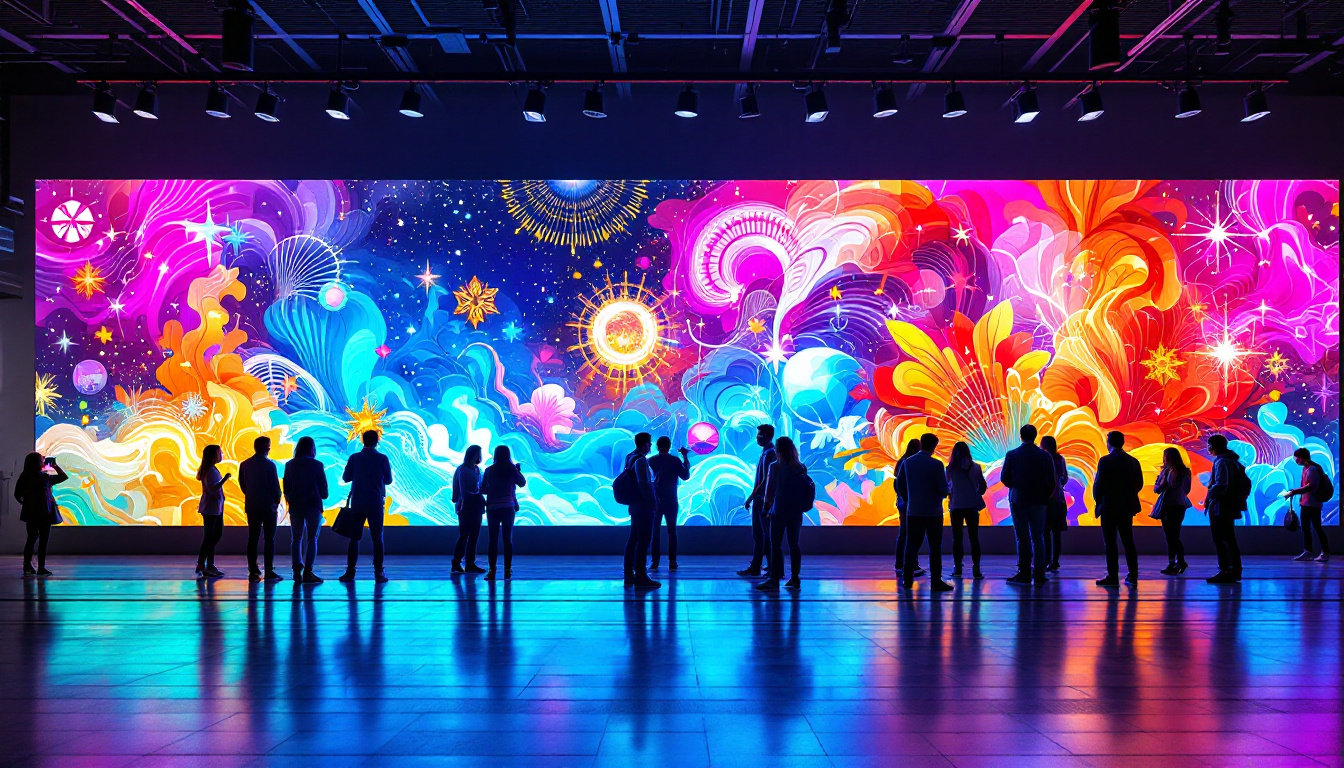In today’s fast-paced world, effective communication is essential in various environments, from corporate offices to educational institutions. One of the most innovative ways to convey messages is through LED displays, particularly room LED signs. These signs not only serve functional purposes but also enhance the aesthetic appeal of spaces. This article delves into the intricacies of room LED signs, exploring their technology, applications, and benefits.
Understanding LED Technology
Light Emitting Diodes (LEDs) have revolutionized the way we illuminate and display information. Unlike traditional lighting methods, LEDs are compact, energy-efficient, and long-lasting. This section will cover the basic principles of LED technology and how it applies to signage.
What Are LEDs?
LEDs are semiconductor devices that emit light when an electric current passes through them. The light produced can vary in color and intensity, depending on the materials used in the semiconductor. This versatility makes LEDs suitable for various applications, including room signage. The ability to produce a wide spectrum of colors without the need for filters is a significant advantage, allowing for more creative and eye-catching designs. Furthermore, advancements in LED technology have led to the development of RGB (red, green, blue) LEDs, which can create millions of color combinations, enhancing the visual appeal of displays.
How LED Displays Work
LED displays consist of numerous tiny LED lights arranged in a grid. Each LED can be controlled individually, allowing for dynamic content such as text, images, and animations. The combination of these LEDs creates a vibrant display that can be easily seen from a distance, making it ideal for room signs. The technology behind these displays often includes sophisticated software that enables real-time updates and scheduling of content, ensuring that the information presented is always current and relevant. Additionally, the modular nature of LED displays allows for easy scaling and customization, making them suitable for both small and large installations.
Advantages of LED Technology
The advantages of using LED technology in signage are manifold. LEDs consume significantly less power than traditional incandescent bulbs, contributing to lower energy costs. Additionally, they have a longer lifespan, often lasting over 25,000 hours, which reduces maintenance and replacement expenses. Their durability and resistance to shock and vibration also make them ideal for various environments. Beyond these practical benefits, LEDs are also environmentally friendly, as they do not contain harmful substances like mercury, which is found in some other lighting technologies. This eco-conscious aspect is increasingly important for businesses and organizations looking to reduce their carbon footprint and promote sustainability in their operations.
Applications of Room LED Signs
Room LED signs are versatile and can be utilized in numerous settings. From guiding visitors to displaying important information, these signs serve various functions across different sectors. Below are some common applications of room LED signs.
Corporate Environments
In corporate settings, room LED signs are often used to indicate meeting rooms, offices, and other facilities. They can display real-time information about room availability, upcoming meetings, or even emergency alerts. This functionality helps streamline operations and enhances communication within the organization. Furthermore, many companies have adopted customizable LED signs that allow for branding opportunities, displaying company logos or motivational messages that align with corporate culture. This not only improves the aesthetics of the workspace but also fosters a sense of community and engagement among employees.
Educational Institutions
Schools and universities also benefit from room LED signs. These signs can inform students and staff about class schedules, event announcements, or safety protocols. By utilizing bright, eye-catching displays, educational institutions can ensure that important information is communicated effectively. Additionally, LED signs can be integrated with digital platforms, allowing for real-time updates that can be accessed via mobile devices. This integration enhances the overall educational experience by ensuring that students are always informed about changes in schedules or special events, thereby promoting higher attendance and participation.
Healthcare Facilities
In healthcare settings, room LED signs play a crucial role in guiding patients and visitors. They can indicate the location of various departments, waiting areas, and treatment rooms. Additionally, LED signs can be programmed to display important health information or alerts, contributing to a more organized and efficient environment. For instance, during emergency situations, these signs can quickly relay critical information to both staff and visitors, ensuring that everyone is aware of necessary actions to take. Moreover, the use of LED signs in hospitals can also enhance patient comfort by displaying estimated wait times or information about upcoming procedures, thus reducing anxiety and improving the overall patient experience.
Benefits of Room LED Signs
The adoption of room LED signs comes with several benefits that extend beyond mere aesthetics. These signs enhance communication, improve user experience, and contribute to operational efficiency. Here are some key advantages of using room LED signs.
Enhanced Visibility
One of the most significant benefits of LED signs is their visibility. The bright, vibrant colors and high contrast of LED displays ensure that information is easily readable from a distance. This feature is particularly important in busy environments where quick information retrieval is necessary.
Customizability
Room LED signs offer a high degree of customizability. Organizations can tailor the content, colors, and animations to align with their branding or specific messaging needs. This flexibility allows for dynamic updates, ensuring that the information displayed is always relevant and engaging.
Cost-Effectiveness
While the initial investment in LED signage may be higher than traditional signs, the long-term savings are substantial. Reduced energy consumption, lower maintenance costs, and extended lifespan contribute to a more cost-effective solution over time. Organizations can realize significant savings in operational costs by investing in LED technology.
Design Considerations for Room LED Signs
When implementing room LED signs, careful consideration must be given to their design and placement. A well-designed sign can significantly enhance its effectiveness and user experience. Below are some essential design considerations.
Size and Placement
The size of the LED sign should be appropriate for the space it occupies. Larger signs may be necessary in expansive areas, while smaller signs may suffice in more confined spaces. Placement is equally important; signs should be positioned at eye level and in locations where they can be easily seen without obstruction.
Content and Messaging
The content displayed on room LED signs should be clear, concise, and relevant. Using legible fonts and contrasting colors can enhance readability. It’s also essential to consider the frequency of content updates; signs that display dynamic information should be programmed to refresh regularly to keep the audience informed.
Integration with Other Systems
For maximum effectiveness, room LED signs can be integrated with other systems, such as room booking software or emergency alert systems. This integration allows for real-time updates and ensures that the information displayed is always current, enhancing the overall functionality of the signage.
Installation and Maintenance of Room LED Signs
Proper installation and maintenance are crucial for ensuring that room LED signs function optimally. This section outlines the key steps involved in the installation process and the ongoing maintenance required to keep the signs in good condition.
Installation Process
The installation of room LED signs typically involves several steps. First, a suitable location must be selected, considering visibility and accessibility. Next, the necessary electrical connections need to be established. Depending on the complexity of the sign, professional installation may be recommended to ensure that all components are correctly configured.
Routine Maintenance
Routine maintenance is essential for prolonging the lifespan of room LED signs. Regular cleaning of the sign surface can prevent dust and grime from obstructing visibility. Additionally, periodic checks of the electrical components and software updates can help identify potential issues before they escalate, ensuring consistent performance.
Troubleshooting Common Issues
Despite their reliability, room LED signs may encounter issues from time to time. Common problems include flickering displays, dim lighting, or complete failure. Troubleshooting these issues often involves checking the power supply, inspecting connections, and ensuring that the software is up to date. In some cases, professional assistance may be required to resolve more complex problems.
Future Trends in LED Signage
The world of LED signage is constantly evolving, with new technologies and trends emerging regularly. As industries continue to embrace digital transformation, room LED signs are likely to see significant advancements. Below are some anticipated trends in LED signage.
Smart Signage
As the Internet of Things (IoT) continues to gain traction, smart signage is becoming increasingly popular. Room LED signs equipped with sensors can gather data on foot traffic and user engagement, allowing organizations to tailor their messaging based on real-time analytics. This level of customization enhances user experience and maximizes the effectiveness of the signage.
Interactive Displays
Interactive LED displays are also on the rise. These signs allow users to engage directly with the content, whether through touchscreens or mobile device integration. This interactivity can enhance user engagement and provide a more immersive experience, making the signage not just informative but also entertaining.
Environmental Considerations
As sustainability becomes a priority for many organizations, eco-friendly LED signage options are gaining popularity. Manufacturers are developing energy-efficient models that consume less power and utilize recyclable materials. This trend aligns with the growing demand for environmentally responsible solutions in all aspects of business operations.
Conclusion
Room LED signs represent a significant advancement in communication technology, offering numerous benefits across various sectors. Their visibility, customizability, and cost-effectiveness make them an ideal choice for organizations looking to enhance their messaging capabilities. As technology continues to evolve, the future of LED signage looks promising, with innovations that will further improve functionality and user engagement.
Investing in room LED signs is not just about keeping up with trends; it’s about creating an environment that fosters effective communication and enhances the overall experience for users. As businesses and institutions continue to recognize the value of LED displays, the potential for these signs to transform spaces is limitless.
Discover LumenMatrix LED Display Solutions
Ready to elevate your space with the latest in LED display technology? LumenMatrix is at the forefront of creating immersive visual experiences that captivate and communicate with unparalleled clarity. From dynamic Indoor and Outdoor LED Wall Displays to innovative solutions like Vehicle LED Displays, LED Posters, and even Custom LED Displays, our offerings are designed to revolutionize your visual communication strategy. Experience the power of advanced LED technology and transform your environment today. Check out LumenMatrix LED Display Solutions and see how we can help you make a lasting impression.


